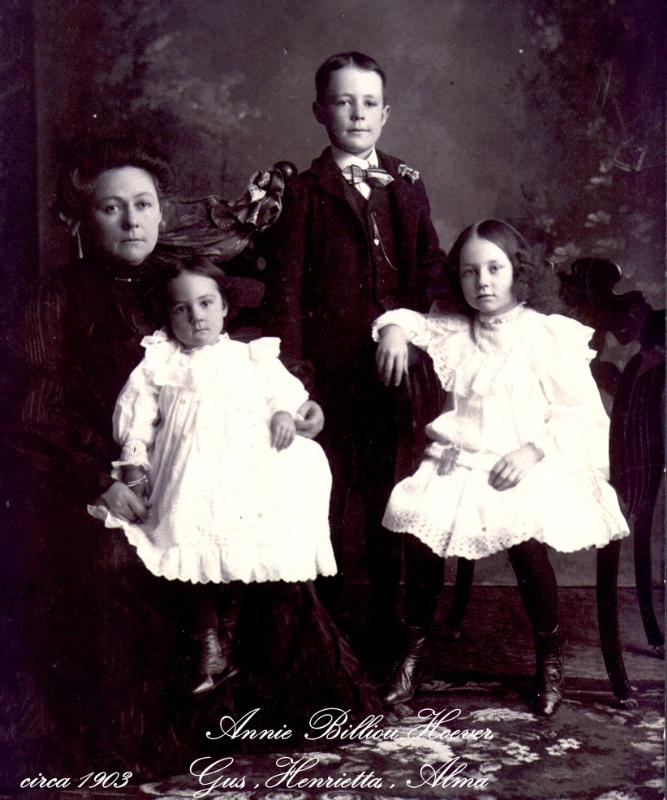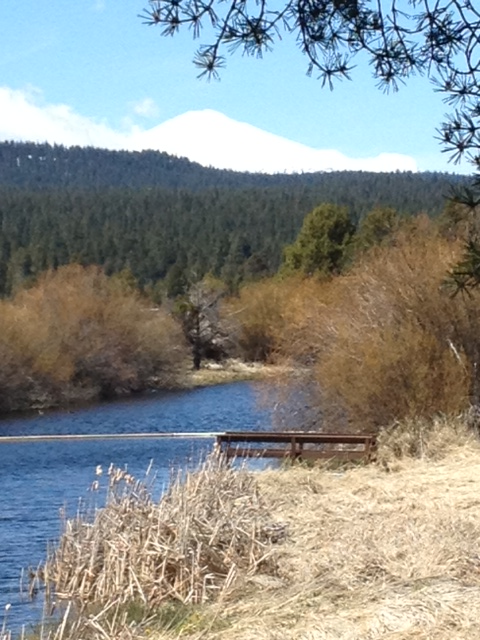by Bob Sparrow
 I was recently made aware of a physical and symbolic boundary that screamed, “Road Trip!”. It is a ‘landmark’ of sorts that I believe most Californians, much less those who live outside our state of ‘fruits and nuts’, don’t even know about . It is simply two trees in the meridian of a highway that represent the mythical dividing line between Northern California and Southern California – and trust me on this one, there is a division. As a matter of fact there have been no less than 220 official initiatives, 27 that have been considered, ‘serious’, to separate California into, sometimes multiple pieces, but mostly in half. It seems this ‘sometimes-less-than-civil’ war has been going on in California since the very beginning.
I was recently made aware of a physical and symbolic boundary that screamed, “Road Trip!”. It is a ‘landmark’ of sorts that I believe most Californians, much less those who live outside our state of ‘fruits and nuts’, don’t even know about . It is simply two trees in the meridian of a highway that represent the mythical dividing line between Northern California and Southern California – and trust me on this one, there is a division. As a matter of fact there have been no less than 220 official initiatives, 27 that have been considered, ‘serious’, to separate California into, sometimes multiple pieces, but mostly in half. It seems this ‘sometimes-less-than-civil’ war has been going on in California since the very beginning.
The first secession effort was in 1854, just four years after statehood. That attempt was a ‘tri-state-ectomy’ where the southern counties were going to be called Colorado, a name not being used at the time, but one that a group from the Rockies had called ‘dibs’ on. The middle counties would retain the California name, and the northern counties would be called the State of Shasta – the State of Canada Dry had apparently already been taken. That initiative lost momentum when everyone was more interested in finding gold than defining boundaries.
The next secession attempt was five years later in 1859, but lost traction when all the paparazzi headed to the South covering another secession attempt, the beginning of the southern state’s attempt to break from the union and that pesky conflict that ensured. With that, the California state-ectomy soon became back page news and Californians didn’t want to waste time on political posturing when there was a good war going on.
Ironically, it was another skirmish that got in the way of yet another effort by Californians to subdivide the state in the twentieth century. In 1941 individual counties from both northern California and southern Oregon were seceding, one each week, to form the State of Jefferson – a name probably inspired by the television show of the same name, but, alas, the Japanese were planning some sub-dividing of their own that year, which gave those in the entire country, and particularly those on the west coast, more important things to worry about.
There was another major state-ectomy initiative in the 1960s – of course, what wasn’t going on to interrupt the status quo in the sixties? Sorry, I don’t remember. But hey, there was another war going on then too, so it must have been time to look at separating the state.
The nineties offered up another tri-sectomy with a proposal of the states of Northern California, Central California and Southern California, which died in the state senate; I’m thinking it was because no one wanted Bakersfield. As recently as mid-2011 the latest attempt to create the State of South California was laughed at by most politicians in the state; which was an ironic twist since we’re usually laughing at most politicians in the state.
The reality is, over the last 150+ years, destiny, providence circumstance and various wars have prevented us from even getting close to bifurcating California. So the trees have come to symbolize, at least to some, the cultural divide between Northern California and SoCal – see, even these two terms typify the different cultures. So, you say, “Enough with the history lesson, what’s the story behind the trees?’
Coming in: The Palm & The Pine – A California Story Part II

